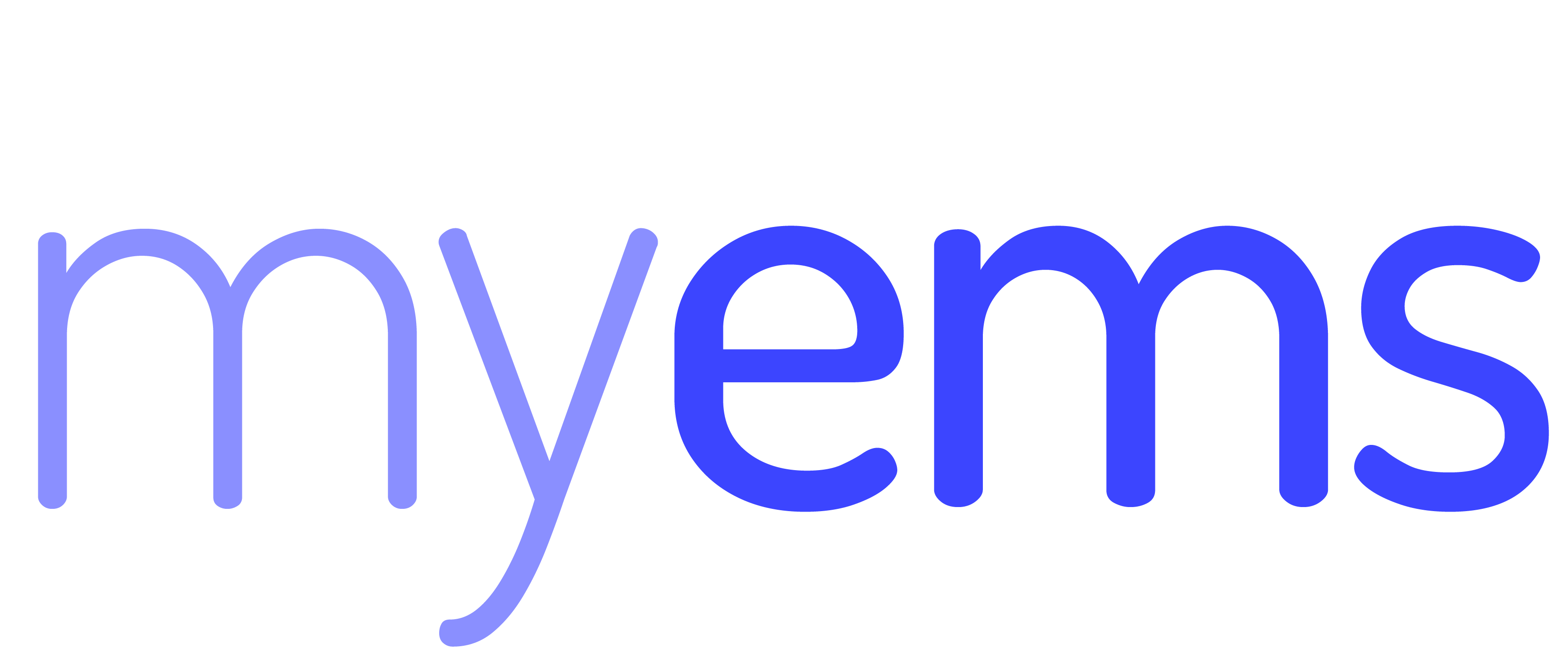How HR leaders can reframe employee relations investment for board approval
Every week, we speak with HR Directors facing the same challenge: “We know MyEMS will transform our employee relations, but how do we get Board funding for what looks like a HR tool?”
The answer isn’t in the features. It’s in fundamentally changing how Boards see the value.
The Problem: HR as Cost Centre
When HR presents business cases built around efficiency or compliance, boards see expense, not investment. They hear “we need software to manage cases faster” instead of “we need to transform our leadership capability and culture.”
This positioning keeps HR in the compliance police role—managing problems after they occur rather than building capabilities that prevent them.
The Shift: From Red Zone to Green Zone
After 28 years of workplace investigations, we’ve learned that organisations fall into two categories:
Red Zone Organisations:
- Reactive crisis management
- Managers avoiding difficult conversations
- Teams in protection mode (documenting defensively, avoiding risks)
- Good employees leaving after poor ER experiences
- HR spending 70%+ of time on investigation administration
Green Zone Organisations:
- Proactive early intervention
- Confident managers addressing issues early
- Teams in performance mode (psychological safety enables innovation)
- Good employees staying through difficult situations
- HR freed for strategic initiatives
The difference? Investment in transformation, not just tools.
The Board-Level Business Case
Here’s how to reframe MyEMS (or any ER platform) from compliance cost to competitive advantage:
1. Leadership Development Initiative
“This platform builds manager confidence in handling ER matters, reducing avoidance behaviours that escalate minor issues into major investigations.”
Measurable outcome: 67% of managers avoid difficult conversations. Post-implementation, this drops to 23%, preventing costly escalations.
2. Cultural Transformation Programme
“Fair, transparent ER processes build psychological safety—the foundation of innovation and performance.”
Measurable outcome: Teams with psychological safety show 35% higher engagement and 40% better innovation metrics.
3. Talent Retention Strategy
“Good employees don’t leave because of problems—they leave because of how problems are handled.”
Measurable outcome: 80% of serious investigations result in resignation. With trust-based processes, this drops to 15%.
4. Risk Management System
“Early intervention through confident managers prevents 50% of cases from reaching formal investigation.”
Measurable outcome: $240K+ annual value through reduced case volumes and increased productivity.
Real Numbers That Boards Understand
A recent client case study demonstrates the multiplication effect:
- 4,000 FTE organisation
- HRBP team spending 80% of time on ER administration
- 10,756 hours annually managing investigations
Post-MyEMS transformation:
- 5,065 hours repurposed to strategic work
- $240,000+ direct annual value
- Significant ROI within three years
Results based on actual client implementation. Individual outcomes vary depending on organisation size, current processes, and implementation approach.
The Strategic Conversation
Instead of asking for “employee relations software,” position it as:
“An integrated platform that transforms our leadership capability, builds psychological safety for innovation, and creates the culture competitive advantage we need for our next growth phase.”
This connects directly to board priorities:
- Competitive advantage through culture
- Leadership pipeline development
- Innovation enablement
- Talent retention in tight markets
- Risk mitigation with measurable outcomes
Making the Business Case Stick
Include these elements in your board presentation:
- Current state costs: Quantify the hidden costs of poor ER processes (turnover, manager avoidance, team protection modes)
- Future state vision: Paint the picture of confident managers, innovative teams, and strategic HR contribution
- Implementation roadmap: Show 90-day transformation timeline with measurable milestones
- Risk mitigation: Address compliance concerns while emphasising capability building
- Competitive context: Position culture as strategic differentiator in talent wars
The Bottom Line
Boards don’t fund compliance. They fund competitive advantage.
When HR reframes employee relations from “managing problems” to “building capabilities,” investment approval follows naturally. Because ultimately, the way you handle employee behaviour isn’t just an HR issue—it’s a business performance, culture, and growth issue.
Ready to transform your board conversation? The shift from compliance police to strategic partner starts with changing how you position the value.
EMA Consulting has helped many organisations transform their employee relations from reactive cost centres to proactive competitive advantages. Our MyEMS platform, backed by 28 years of ER expertise, delivers measurable ROI while building the leadership capability and psychological safety that drive business performance.
Ready to build your transformation business case? Let’s start with a demo.
ROI figures based on client case study with 4,000 FTE organisation. Results shown are examples and may not be typical. Individual outcomes depend on various factors including organisation size, current processes, implementation approach, and team engagement. This is general information and should not be considered financial or business advice.


